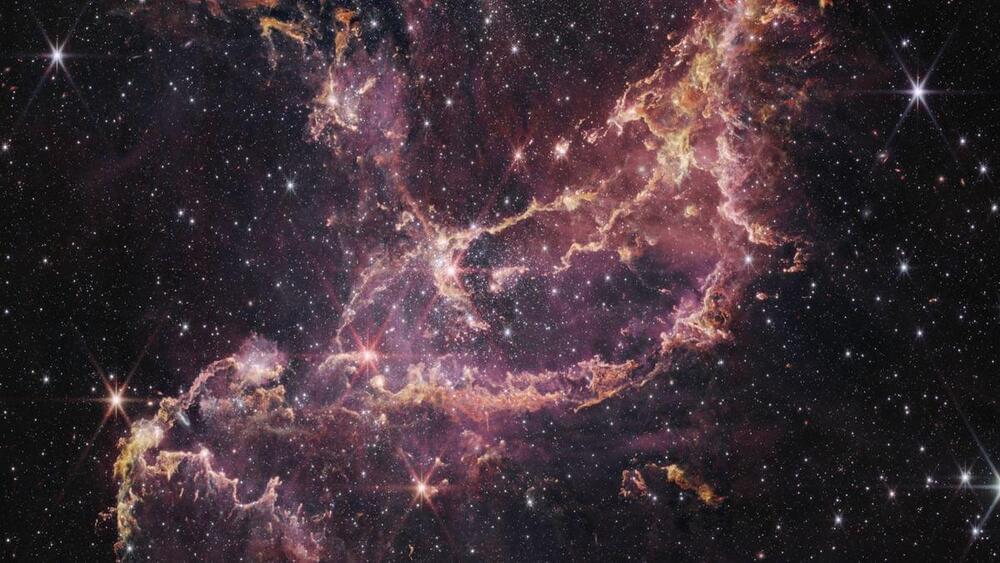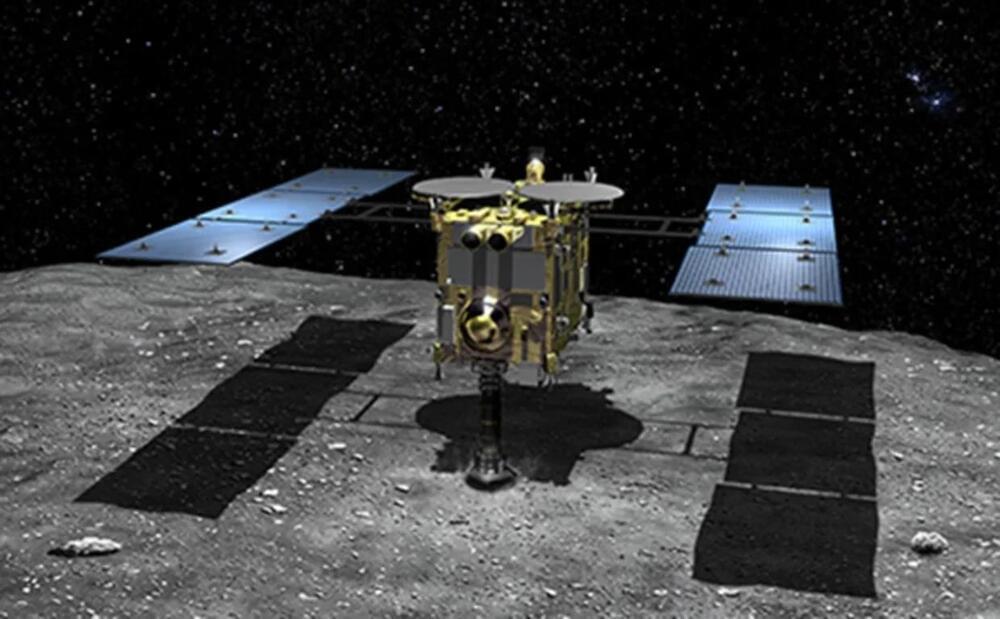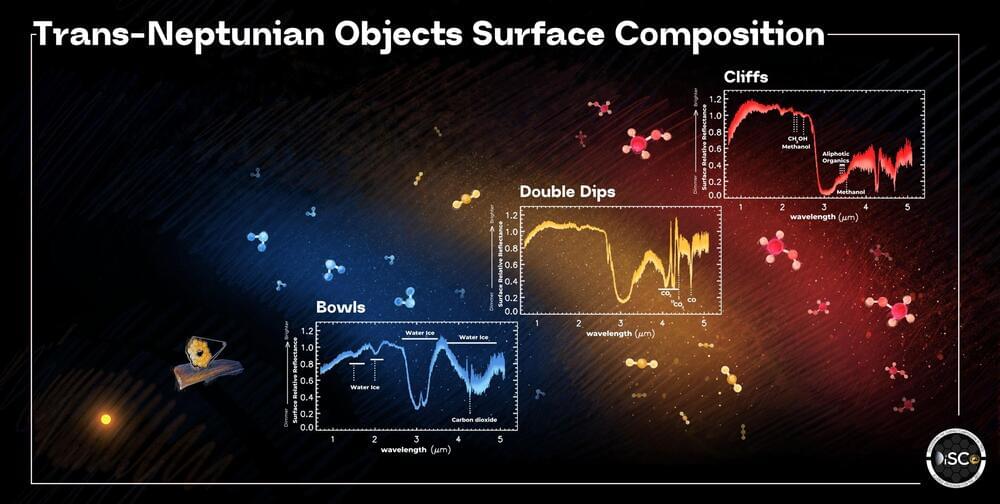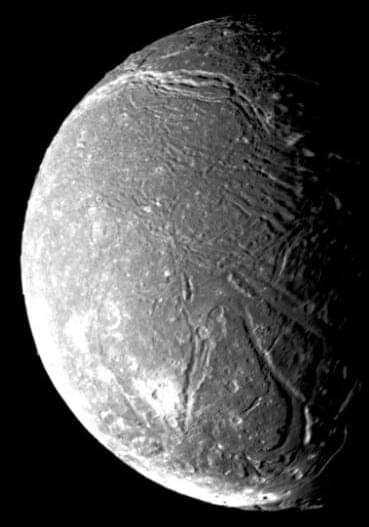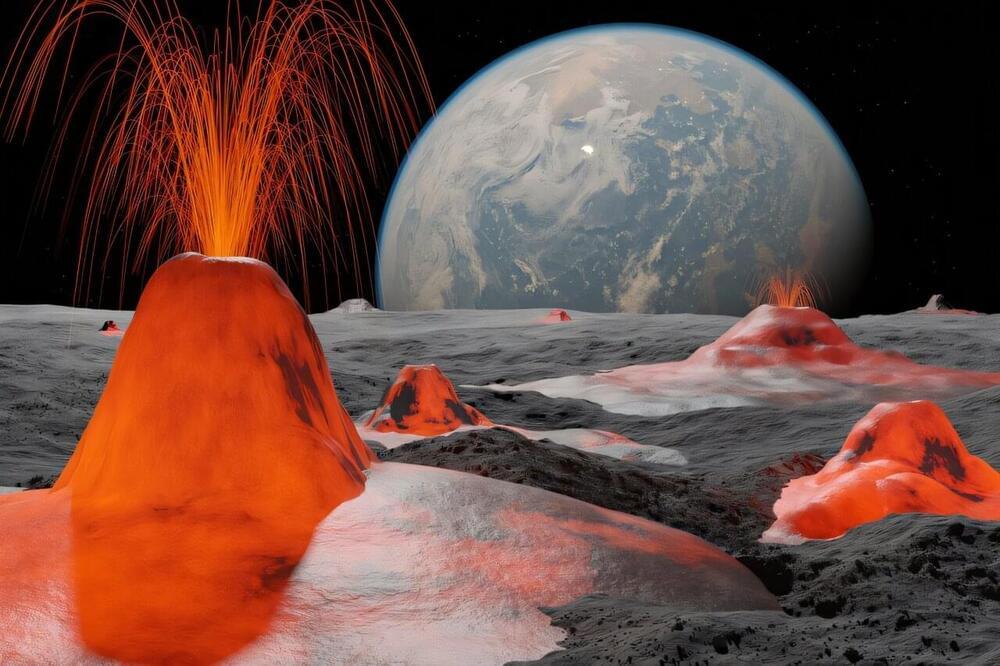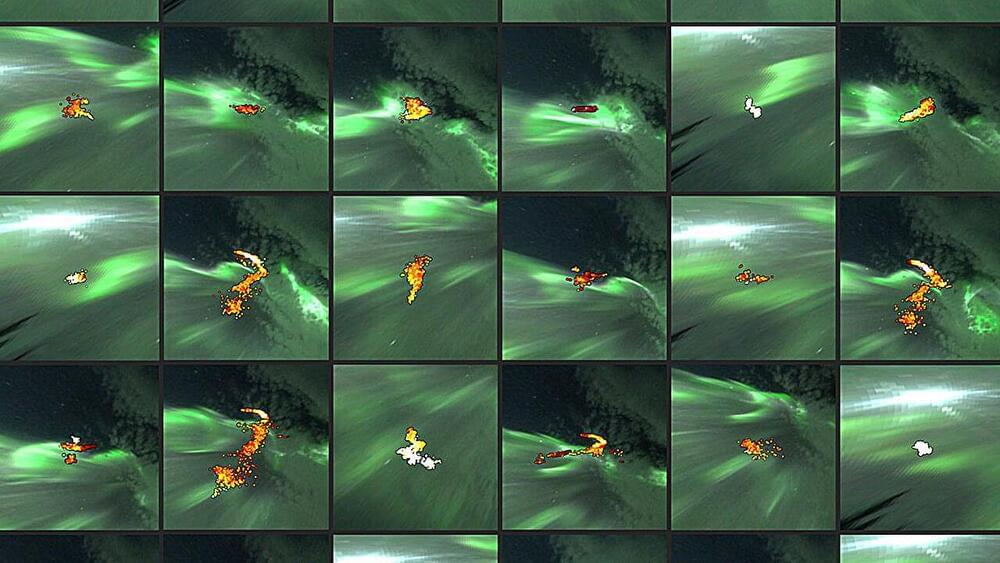Brown dwarfs are curious celestial bodies that appear to straddle the mass divide between stars and planets. Often referred to as “failed stars,” brown dwarfs form in isolation from a collapsing cloud of gas and dust like a star.
However, while fully-fledged stars continue to gather material from the gas and dust cloud that births them, brown dwarfs are less successful at this mass harvesting. As a result, they don’t reach the masses of the smallest stars and can’t trigger the process that defines main sequence stars, like our sun.
